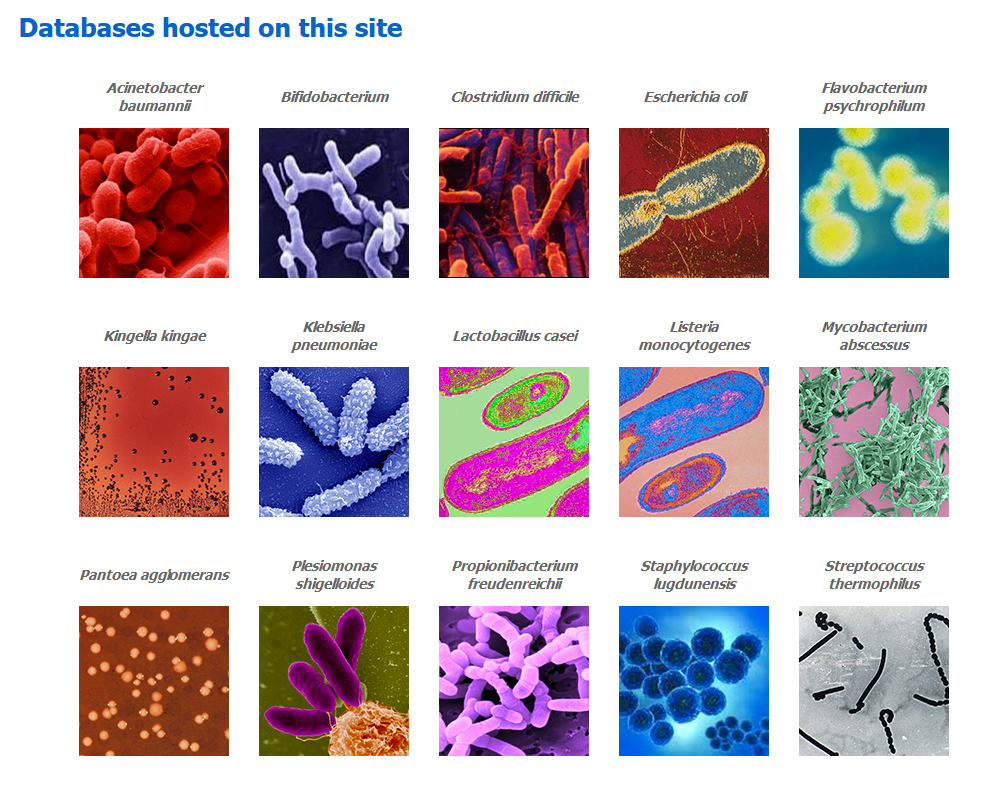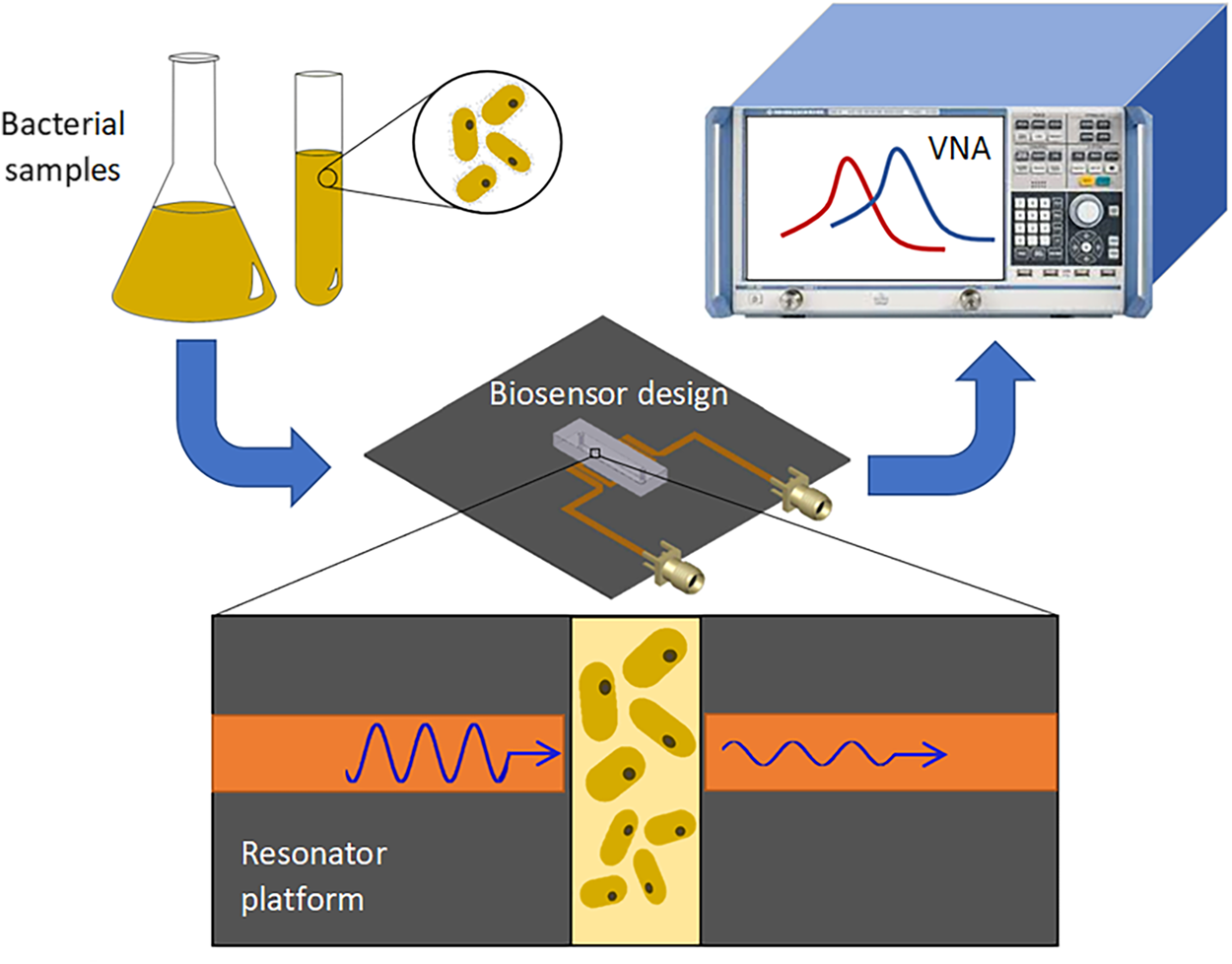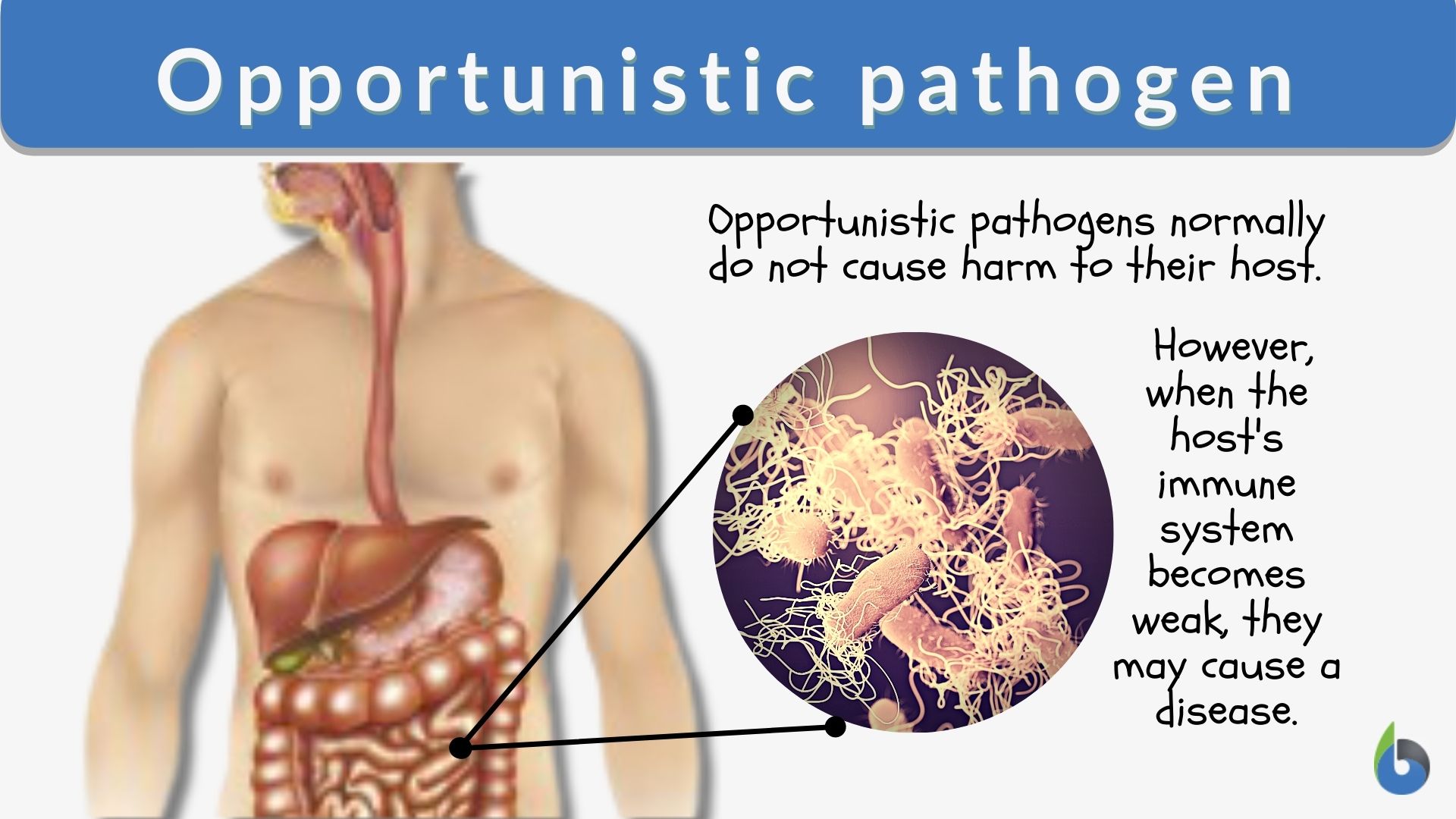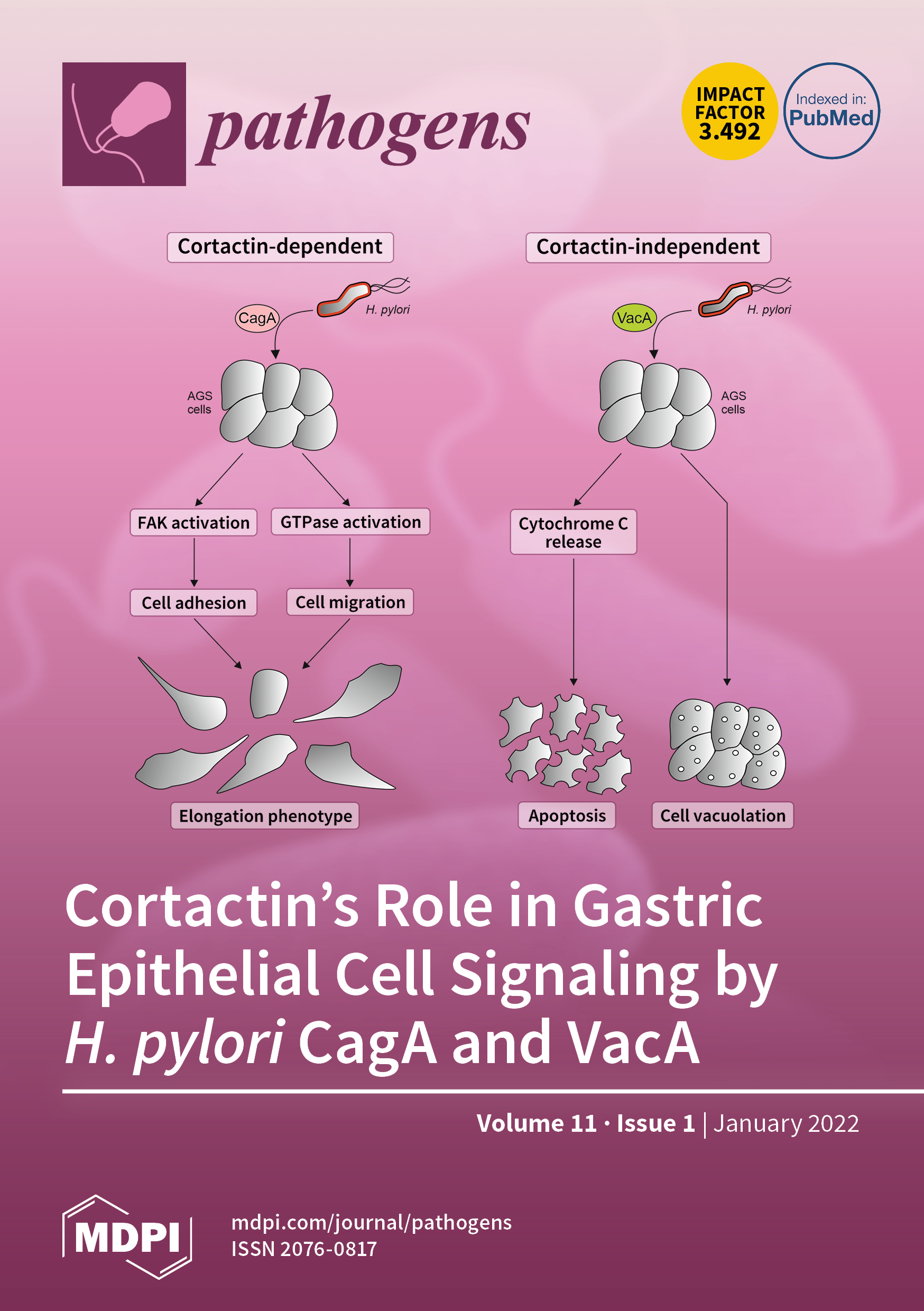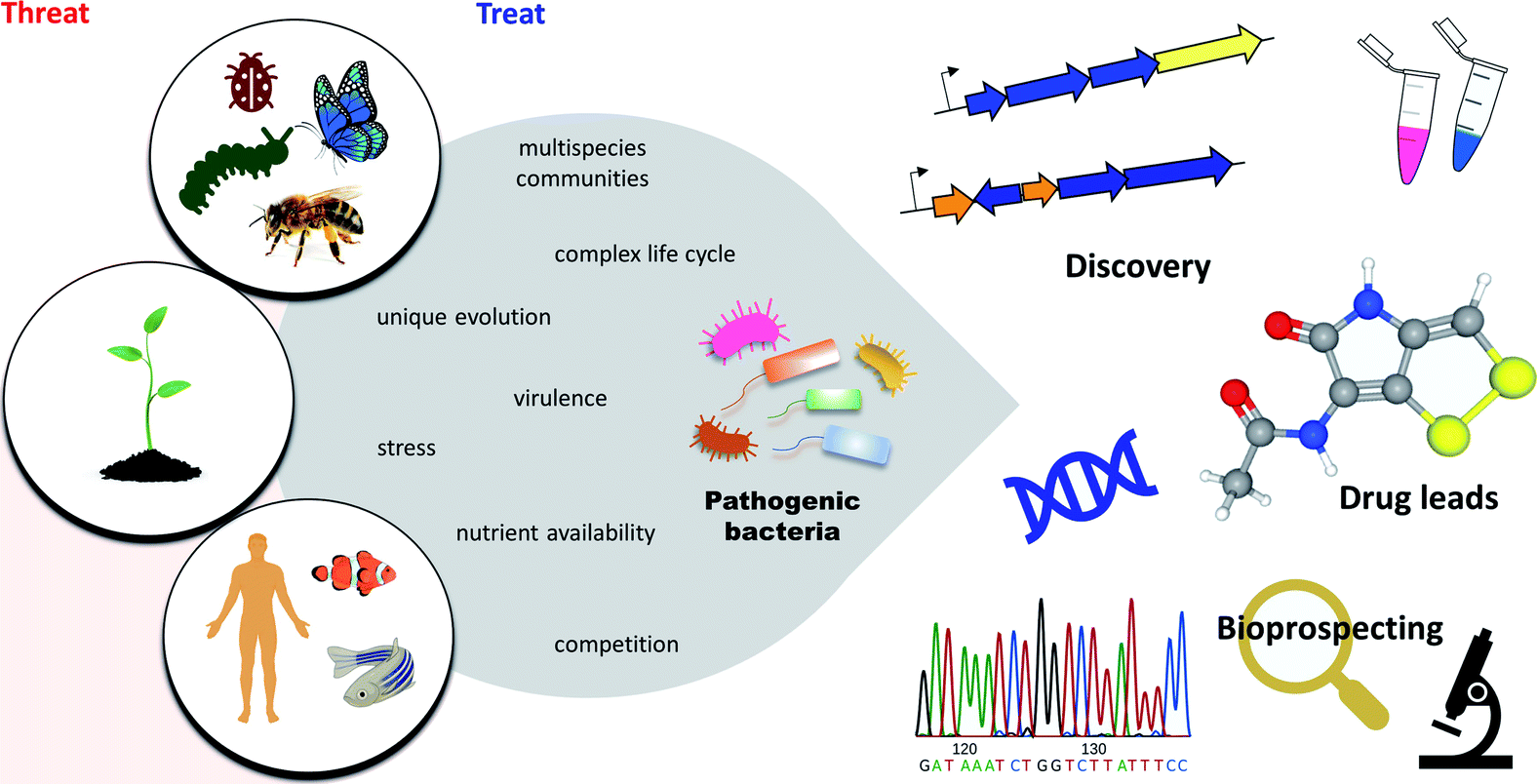Bacteria are tiny, single-celled organisms that can be found in virtually every environment on Earth. While many people associate bacteria with illness and disease, not all bacteria are pathogenic, or capable of causing disease. In fact, the vast majority of bacteria are harmless or even beneficial to humans and other living organisms.
There are many different types of bacteria, and they can be classified based on their shape, size, and other characteristics. Some bacteria are rod-shaped, while others are spherical or spiral-shaped. Some are so small that they can only be seen with a microscope, while others are large enough to be seen with the naked eye.
Despite their small size, bacteria play important roles in many ecological systems. Some bacteria are responsible for breaking down organic matter and recycling nutrients, while others are involved in the nitrogen cycle and help to enrich the soil. Many bacteria are also found in the human body, where they help to digest food, produce certain vitamins, and protect against infection.
However, some bacteria are pathogenic and can cause illness and disease in humans and other animals. These bacteria can be transmitted through contaminated food, water, or direct contact with infected individuals or surfaces. Some examples of pathogenic bacteria include Escherichia coli, Salmonella, and Streptococcus. These bacteria can cause serious infections, such as food poisoning, pneumonia, and meningitis.
It is important to note that not all bacteria are harmful or dangerous. In fact, many bacteria are beneficial to humans and other living organisms. It is only when bacteria are present in large numbers or when they enter the body through a break in the skin or mucous membranes that they can cause illness.
To prevent the spread of pathogenic bacteria, it is important to practice good hygiene, such as washing your hands frequently and cooking food thoroughly. It is also important to seek medical attention if you suspect that you have been infected with a pathogenic bacterium. With proper precautions and treatment, most bacterial infections can be effectively managed and treated.
In conclusion, while some bacteria are pathogenic and can cause illness and disease, the majority of bacteria are harmless or even beneficial to humans and other living organisms. It is important to understand the role that bacteria play in nature and to practice good hygiene to prevent the spread of pathogenic bacteria.
